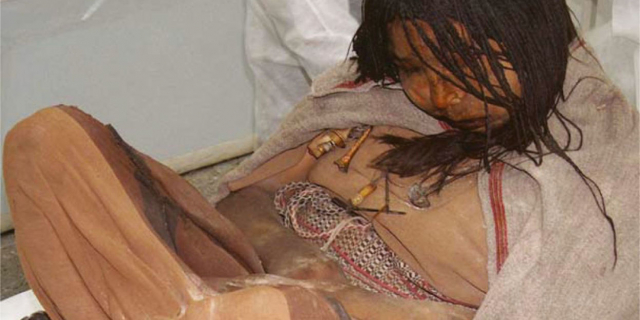Quebrada de las Conchas
The Quebrada de las Conchas, also known as Quebrada de Cafayate, is a nature reserve that is located within the Calchaquí Valleys, in the province of Salta, north of the Argentine Republic, very close to the town of Cafayate.
Located 90 km to the southwest of the city of Salta, it includes part of the departments of La Viña, Guachipas and Cafayate and belongs to the dry chaco and mountain ranges and pockets ecoregion.[1]u200b This ravine is an area of u200bu200bgreat scenic beauty with very striking rock formations due to their reddish colors. In 1995 it was declared by decree No. 6806 as a managed nature reserve, with an area of u200bu200b25,784 ha, in order to protect the curious geological formations and high walls of singular landscape value, as well as an important paleontological site belonging to to the Cretaceous period. The ravine is a geologically modern accident, p...Read more
The Quebrada de las Conchas, also known as Quebrada de Cafayate, is a nature reserve that is located within the Calchaquí Valleys, in the province of Salta, north of the Argentine Republic, very close to the town of Cafayate.
Located 90 km to the southwest of the city of Salta, it includes part of the departments of La Viña, Guachipas and Cafayate and belongs to the dry chaco and mountain ranges and pockets ecoregion.[1]u200b This ravine is an area of u200bu200bgreat scenic beauty with very striking rock formations due to their reddish colors. In 1995 it was declared by decree No. 6806 as a managed nature reserve, with an area of u200bu200b25,784 ha, in order to protect the curious geological formations and high walls of singular landscape value, as well as an important paleontological site belonging to to the Cretaceous period. The ravine is a geologically modern accident, produced by tectonic movements that took place in the last two million years.
Through the ravine and within the reserve runs the Las Conchas River where the trace of National Route 68 is located, which connects the town of Cafayate with the city of Salta. Along its route, landscapes of very varied colors and geoforms of great variety can be seen, among which the Devil's Throat and the amphitheater of reddish sedimentary rocks stand out. In the past (when the past was humid) these formations were waterfalls of fresh water and due to the flow of concentrated water they eroded the stone, which today amazes due to its special configuration.
Other geoforms that can be seen along the route are. The Amphitheater, El Fraile, El Sapo, Las Ventanas, Los Castillos, etc. and about 7 km from Cafayate Los Médanos, a deposit of fine calcareous aeolian sands.[2]u200b[3]u200b
Due to its rich archaeological and historical past, the reserve has numerous fossil remains.[4 ]u200b In the area near the Morales bridge there are fossil frogs from the pipid group. There are layers of marine and continental limestone that are very rich in fossils and even in dinosaur footprints. Also, the so-called stromatolites are presented. In La Yesera, there is an important deposit of fossil fish, evidence of a process that would have occurred about 15 million years ago: the last entry of the sea into the continent.
In recent archaeological investigations it was discovered that a few meters from the current route 68 the Inca trail ran, adding archaeological relevance to the site. [5]u200b
The ravine and its surroundings are one of the important areas for the conservation of birds in Argentina.[ 6]u200b




























Add new comment